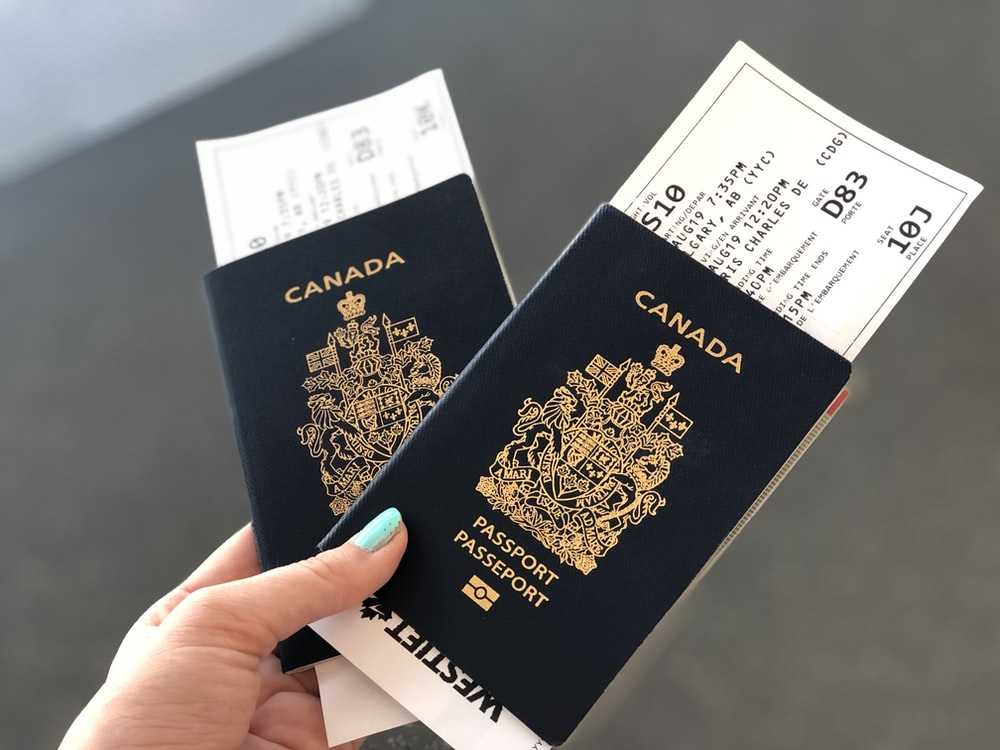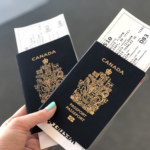When it comes to accepting immigrants, Canada is one of the most welcoming countries in the world. With over 60 immigration programs, they call on different candidates via specific criteria. If you’re a Canadian citizen or permanent resident, you have the opportunity to invite your spouse (of a different nationality) to come, live, work and settle permanently in Canada. Other requirements include financial stability, age, and proof that you have the ability to sponsor a person. If you meet these requirements, you can then apply to become a sponsor. After the process is successful, your spouse can then apply for permanent resident.
 If you have no prior sponsorship experience, the process can be overwhelming and challenging. A small error can affect your application and your spouse’s chance of living a life in Canada. This is why it’s important to get a PR application done right the very first time you apply. Here are some Canadian spousal sponsorship dos and don’ts to follow:
If you have no prior sponsorship experience, the process can be overwhelming and challenging. A small error can affect your application and your spouse’s chance of living a life in Canada. This is why it’s important to get a PR application done right the very first time you apply. Here are some Canadian spousal sponsorship dos and don’ts to follow:
Don’ts
1. Don’t Miss Any Required Documents
All of the Canadian immigration programs have specific eligibility criteria and require certain documents. If you meet the criteria, you’re eligible to apply for the programs.
It’s important to take a thorough look at the checklist and gather your documents accordingly. Think of this as an examination where double-checking is necessary. If you don’t have a particular document, make sure to do your search and submit an equivalent document. Missing out on any of the required documents can weaken your case and will most likely lead to rejection. Take your time to go through each and every document to ensure it’s correct before submitting it.
2. Don’t Fabricate Any Documents Or Lie
Next, ensure that the information you provide is 100% accurate and genuine. Avoid adding any lies as this can cause ambiguity and lead to direct rejection. All documents submitted should be authentic and not tampered with. If you fabricate any documents, this can result in misrepresentation, and your spouse will be inadmissible to Canada. If a situation like this does arise, it’s imperative to seek expert help from an immigration lawyer.
 3. Don’t Leave Questions Blank on the Application Form
3. Don’t Leave Questions Blank on the Application Form
One rule of the thumb when filling out an application form is to never leave any question blank. If you feel the question doesn’t apply to you or your situation, you can always write “Not applicable or N/A.” If any question field is left blank, the authorities will send the application back, requesting the missing application. This can further delay your process for months. Since the application form is lengthy, it can be easy to miss out on questions. This can then make the official handling your case believe that you’re hiding some information. The best way to avoid this is to ask someone else to review your form to ensure everything is filled out.
Dos
1. Do Use the Correct Version of the IRCC Application Form
It’s important to note that the IRCC regularly updates the application forms. This can sometimes be a yearly practice due to the changing immigration requirements. Using an outdated version will result in your application being returned and the IRCC requesting that you submit your case using the latest version.
 One way to ensure that you’re using the correct version is by checking the bottom left-hand corner of the form. You will come across an IMM form along with the date, which will tell you if the form is recent. Then, all you have to do is crosscheck that date with the date of the latest update on the IRCC’s web page.
One way to ensure that you’re using the correct version is by checking the bottom left-hand corner of the form. You will come across an IMM form along with the date, which will tell you if the form is recent. Then, all you have to do is crosscheck that date with the date of the latest update on the IRCC’s web page.
2. Do Submit Proper Photographs
You will be asked to submit a couple of photographs as proof that your relationship is genuine. Wedding photographs are an excellent choice but make sure that your friends, family, and other guests are present and visible in the photographs. Another thing to keep in mind is to write specific information on the backside of each photo. This includes the date, locations, names of the people included, and their relationship with you or your spouse.
Since there’s no specific limit on how many photos you can submit, the more, the better. Keep about 20 to 30 wedding pictures which include groups of people who were present at the wedding. Then 10 to 30 pictures of your courtship right up to the wedding date. Submitting photos with friends and family with you both will help in solidifying the proof of your relationship. Avoid pictures with silhouettes or with your backs facing the camera, as this isn’t convincing enough. The faces should be clear, and the place should be well lit.
Along with photographs, you can also include:
- Phone records of calls between you and your spouse
- A sponsorship letter
- Greeting cards exchanged
- Flight itineraries, invoices highlighting that you traveled to see your spouse
- Text messages, emails, and letters that you both exchanged during the relationship
- Any receipts for the money you sent to your spouse
Keep in mind that the IRCC needs the information that you submit. If any document is unclear, it will be immediately dismissed. This is why we recommend double-checking your documents and carefully selecting what to submit.
3. Do Take Expert Advice
Many people think that applying for Canadian immigration can be easy with help from online information. However, it’s important to let an experienced professional ensure that there are no loopholes and your case is solid.
If you’re looking for a professional lawyer to guide you, Nanda and Associate Lawyers Professional Corporation has got you covered. We have a team of knowledgeable and experienced Canadian immigration lawyers who’ll review your immigration application and provide the right assistance to increase your success rate. We help couples apply for a Canadian spouse visa, those planning to study in Canada, and other cases as well. We have the best Canadian immigration consultants on board who will go above and beyond to help.
For more details, book a consultation today!
Disclaimer: This article is only intended for educational purposes and shouldn’t be used as a substitute for legal advice.








